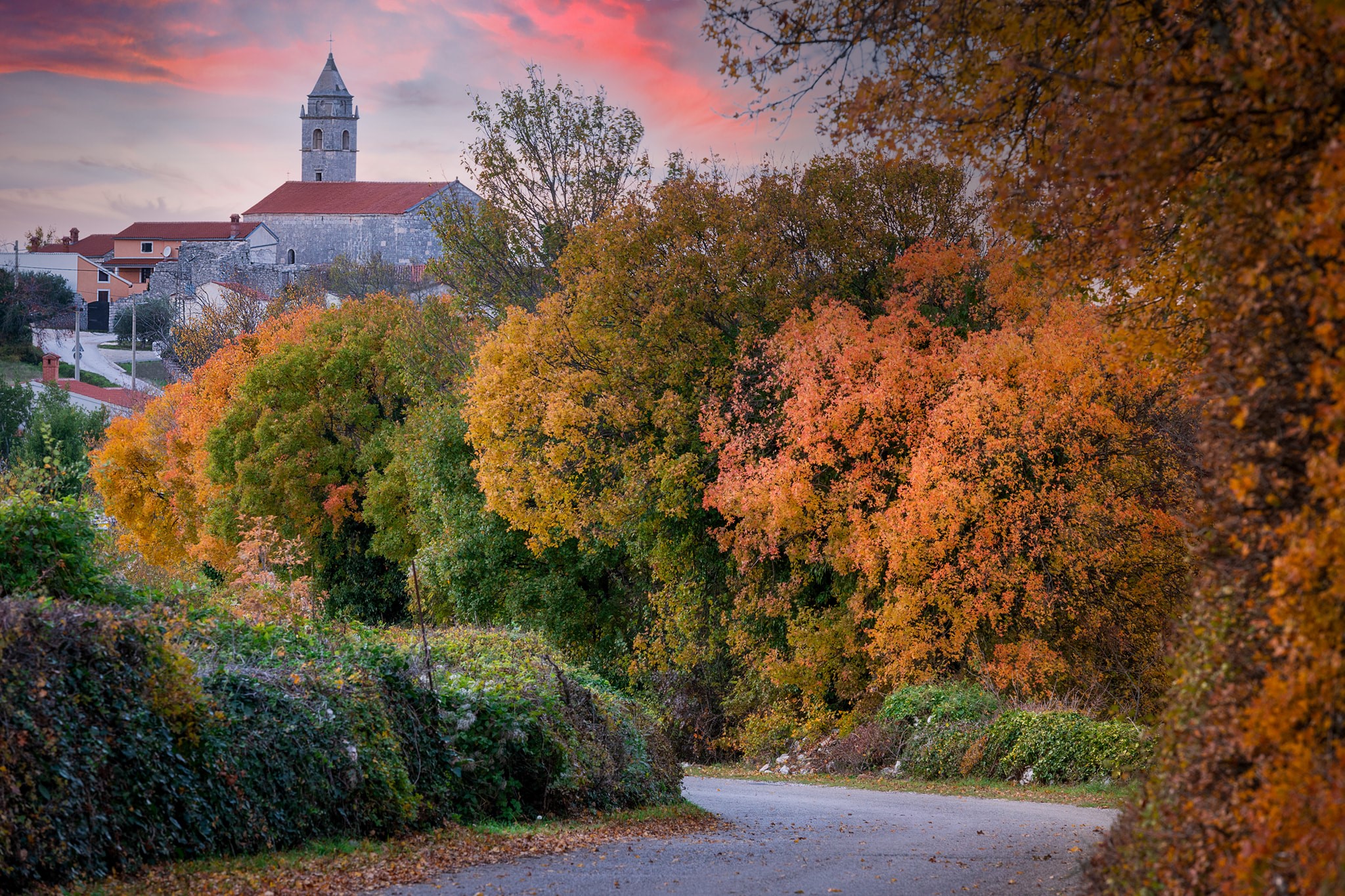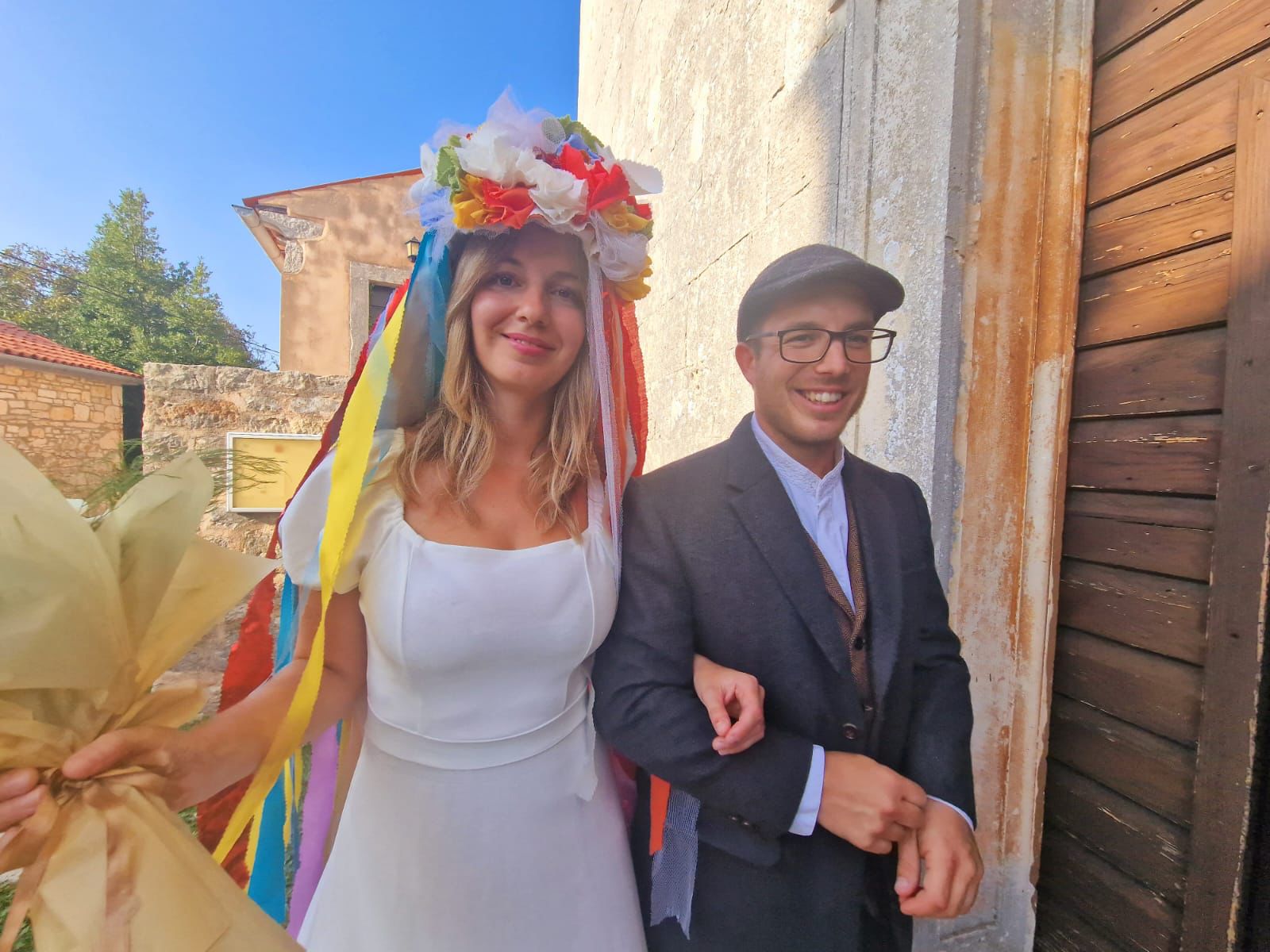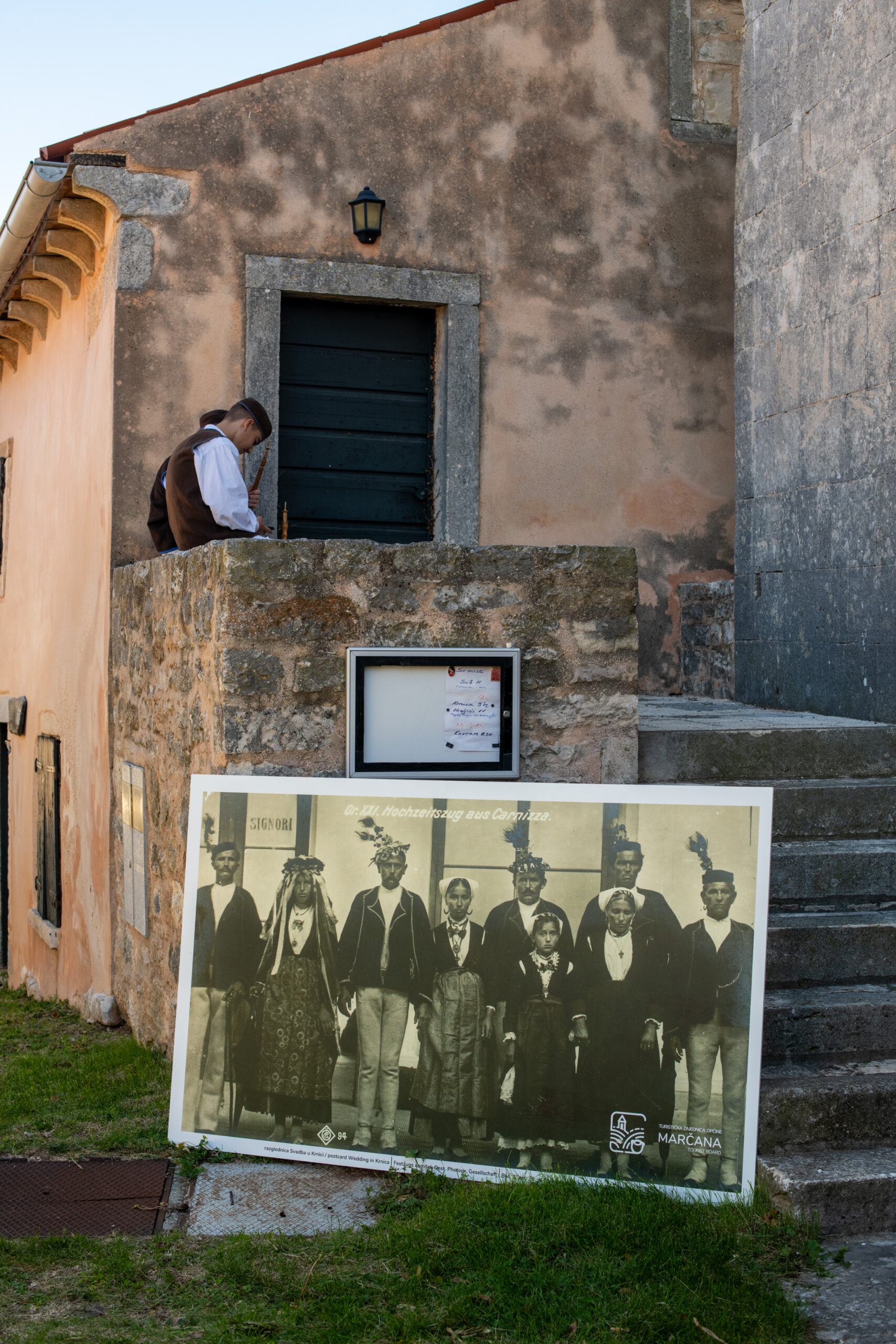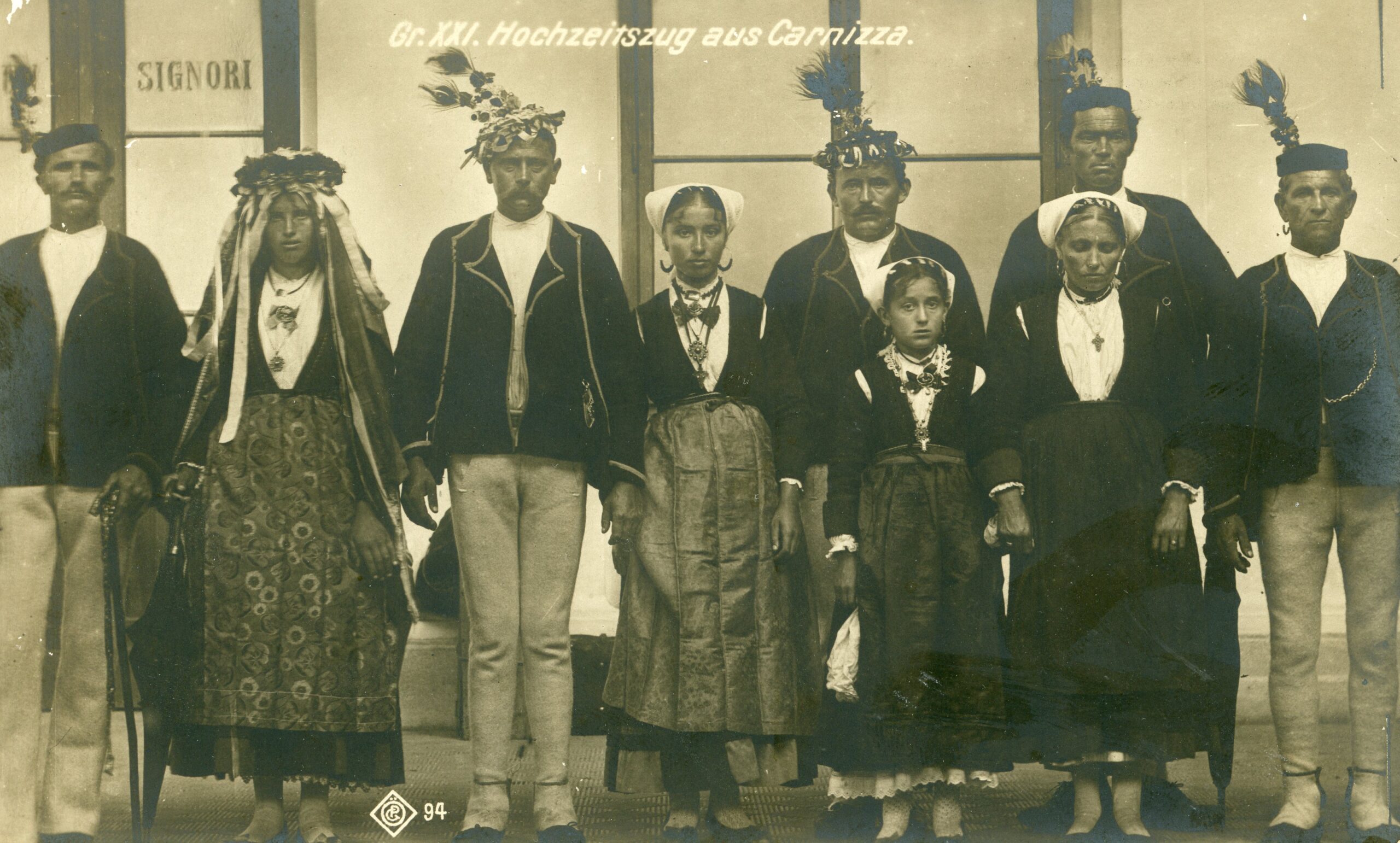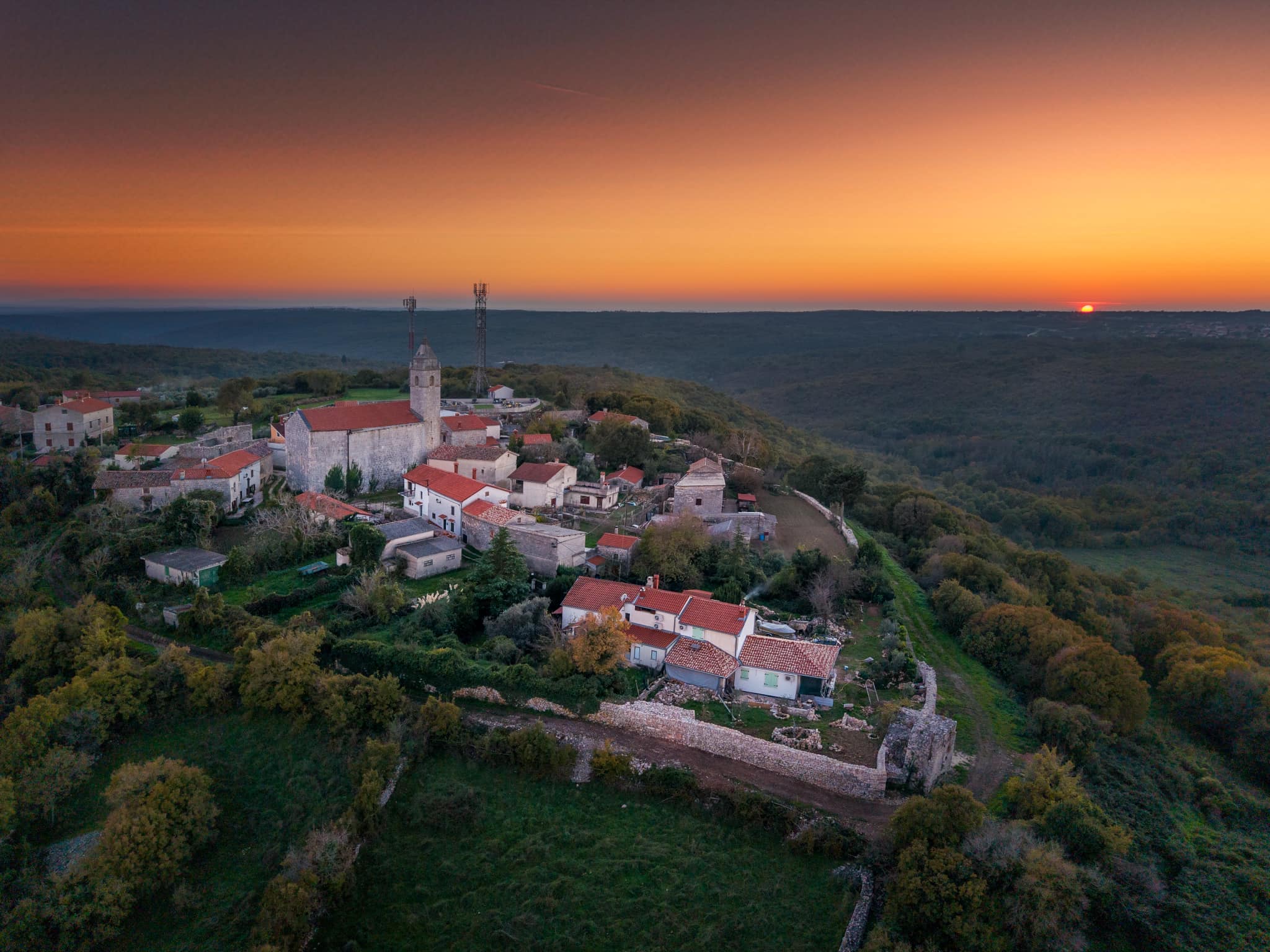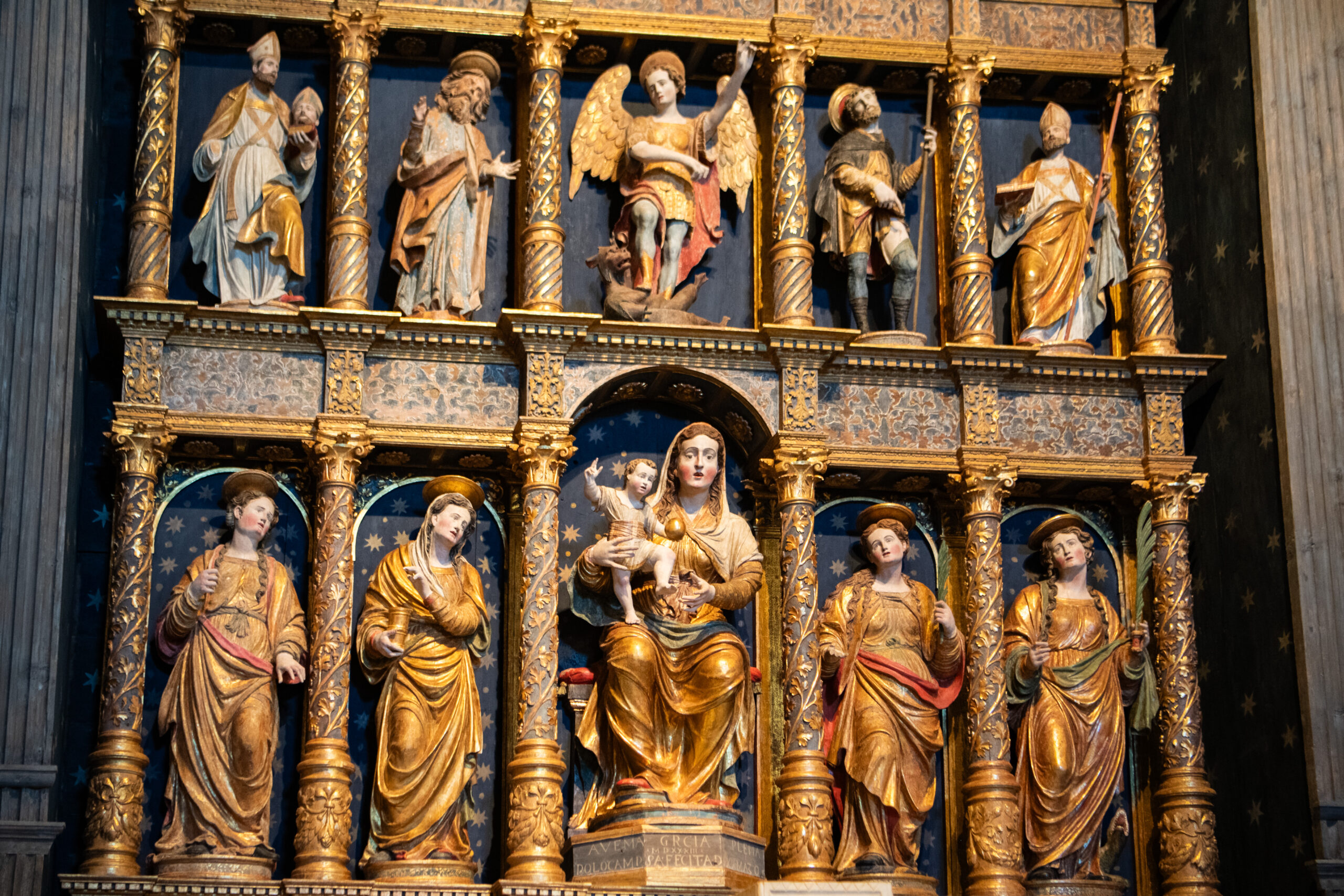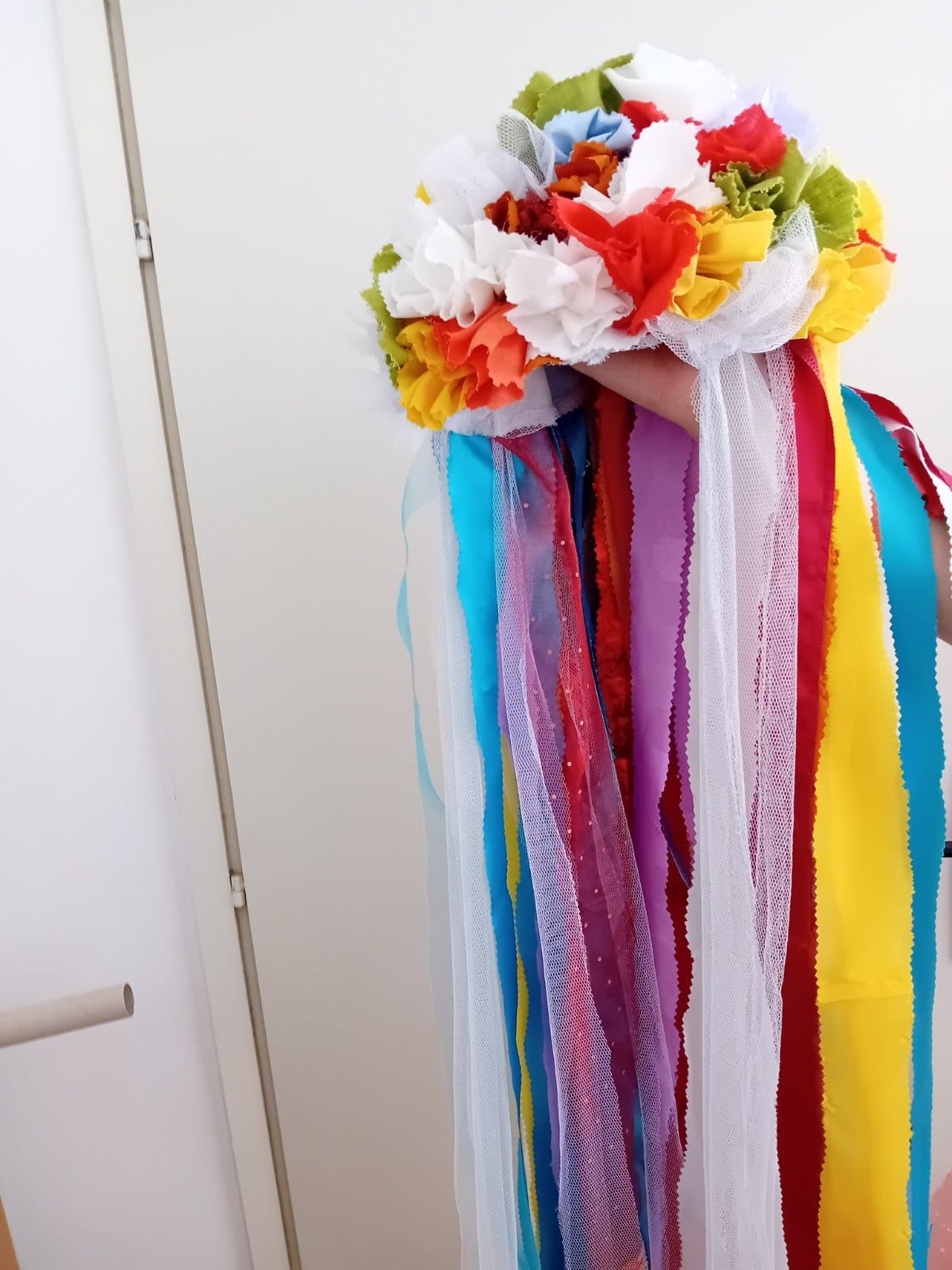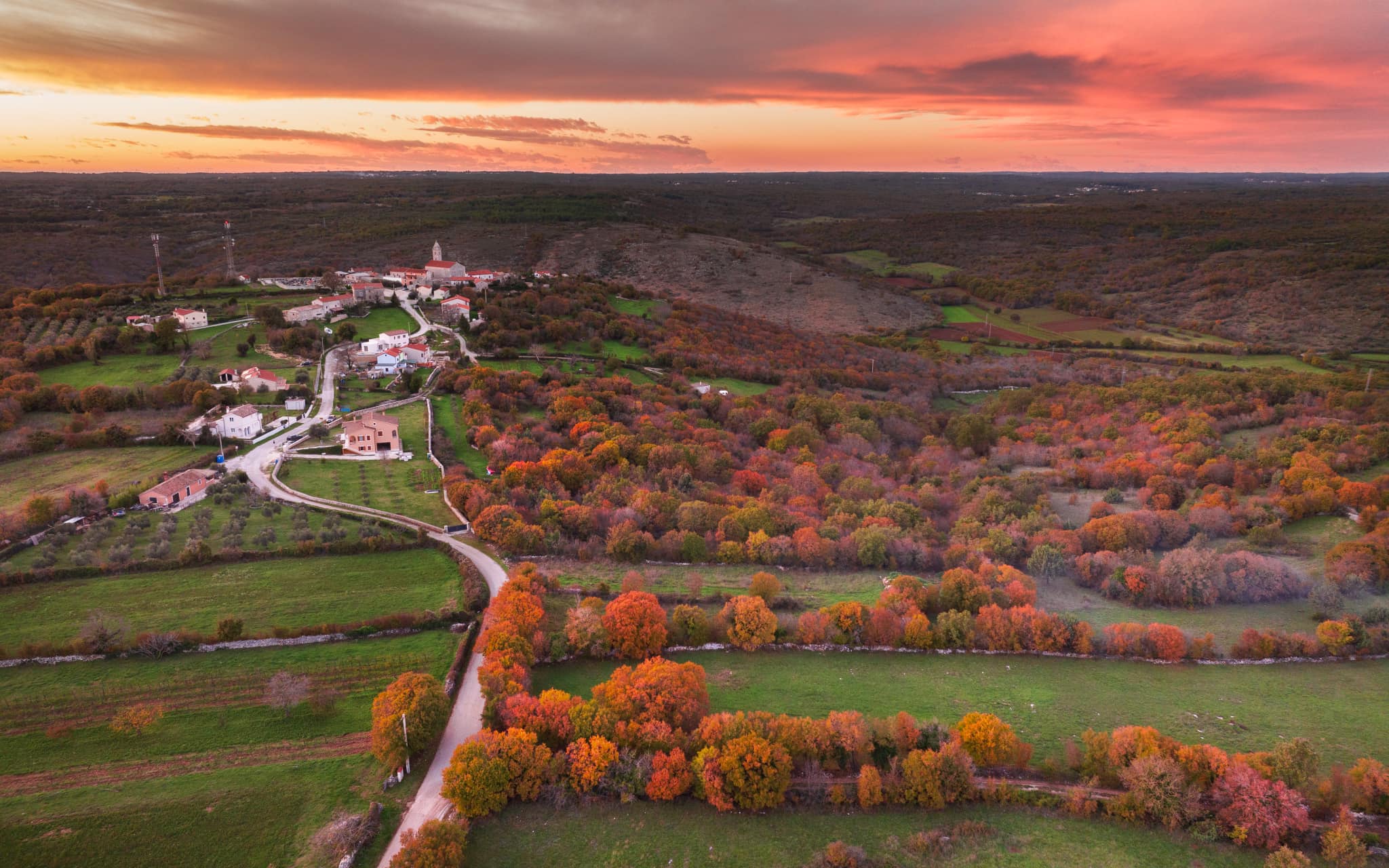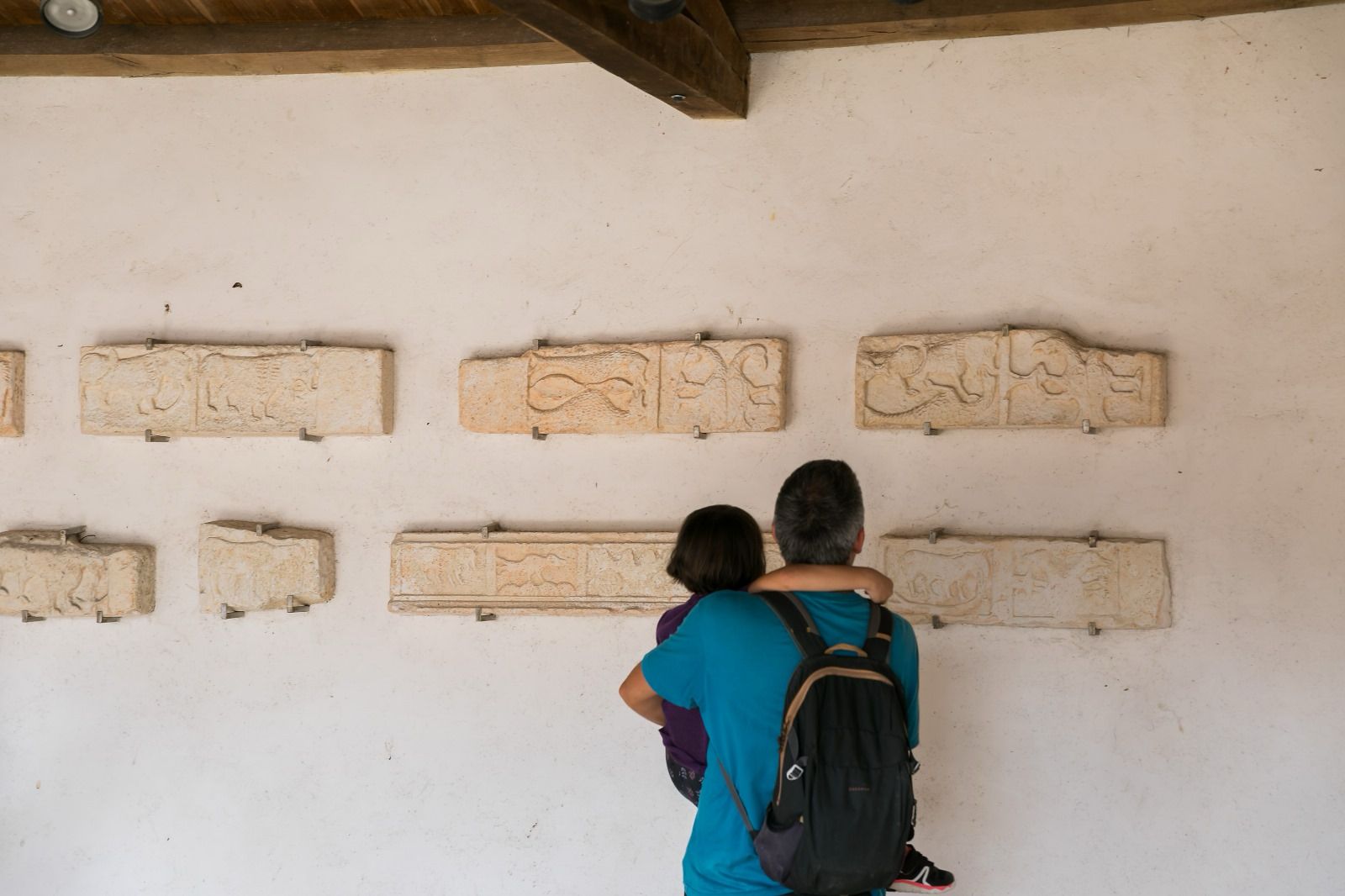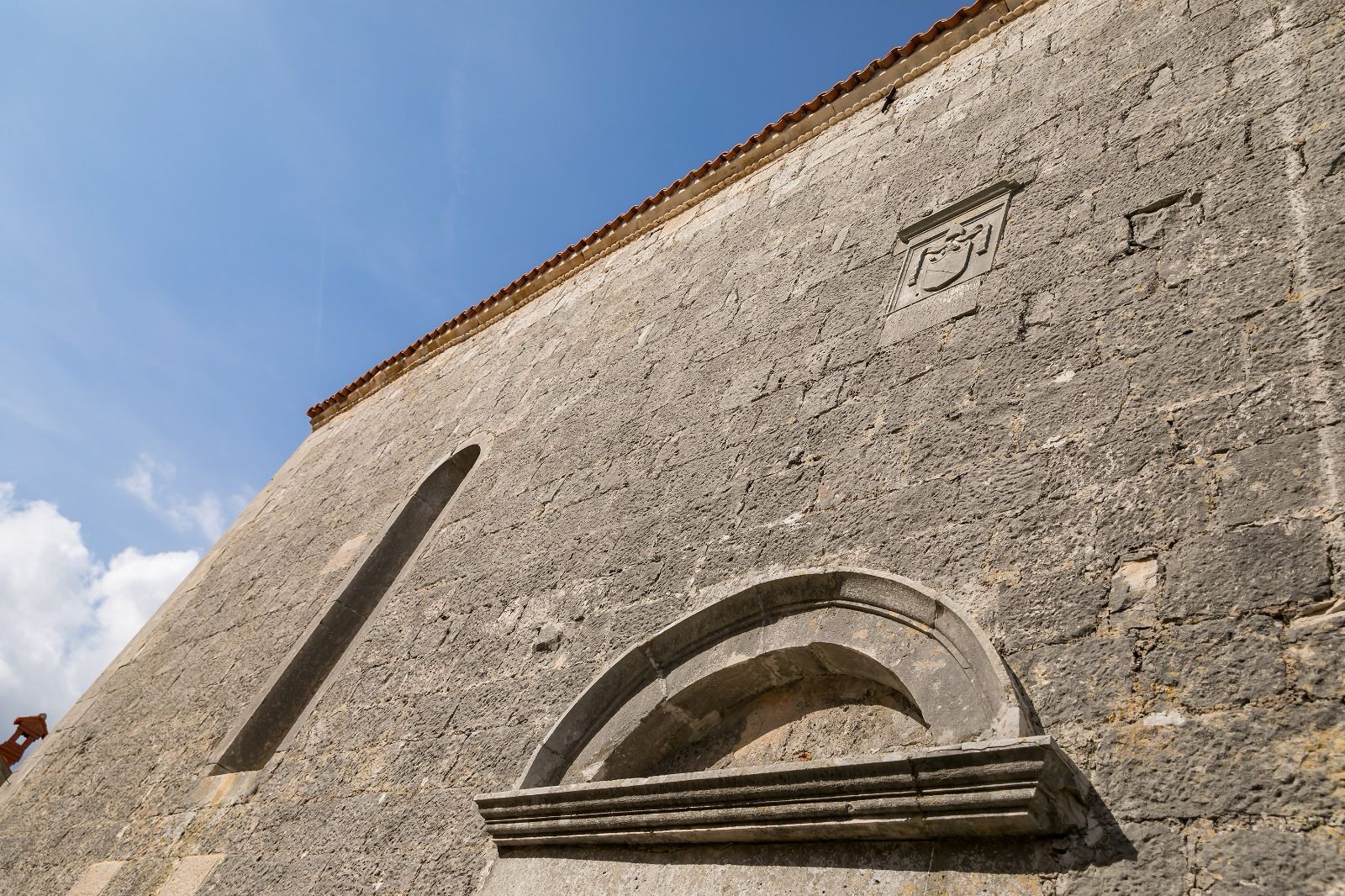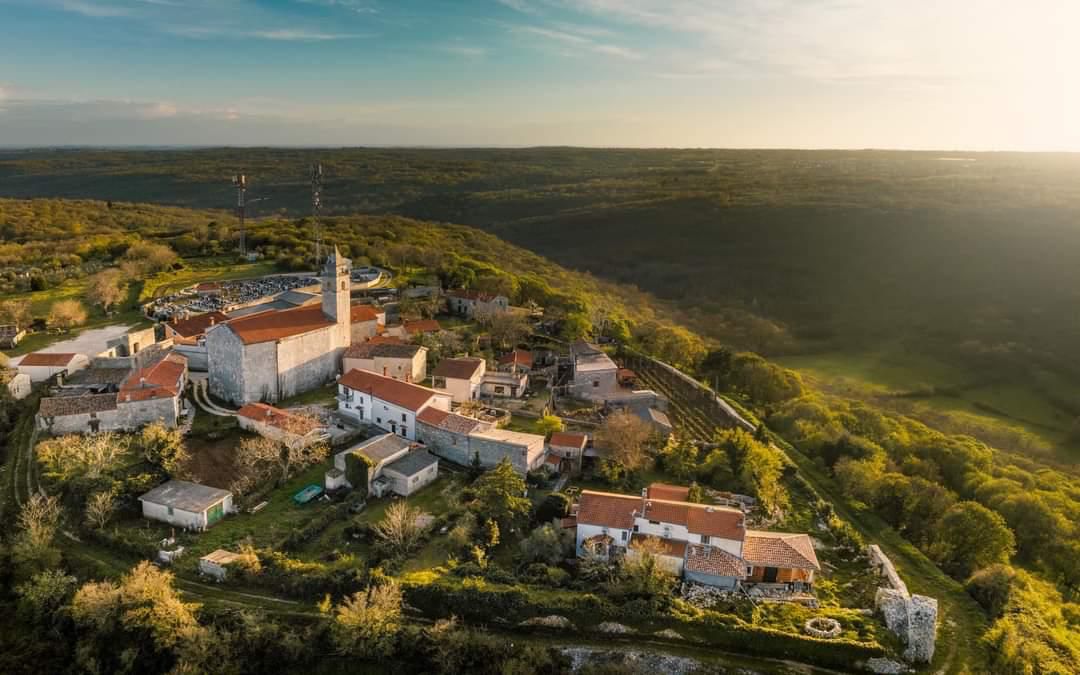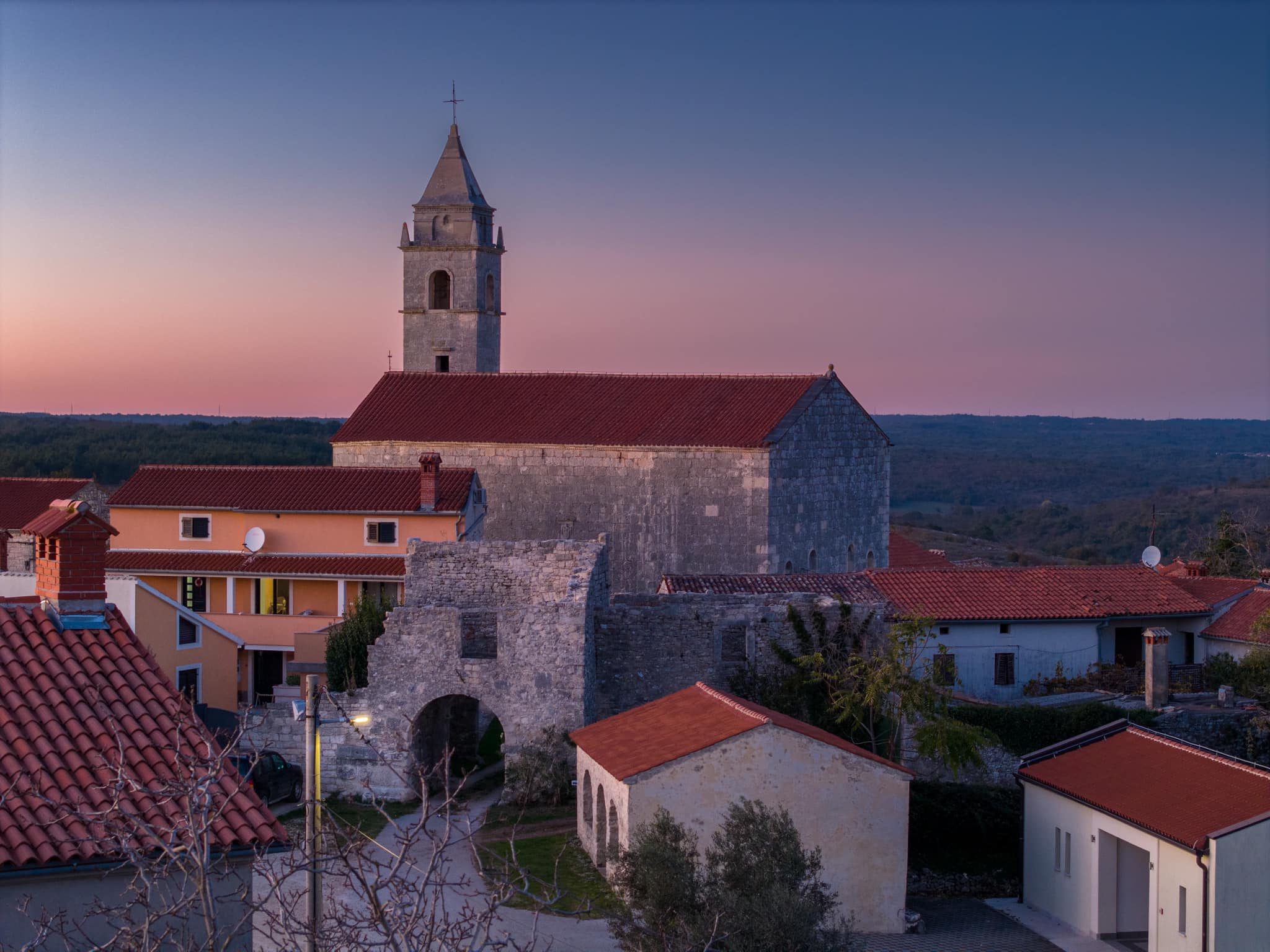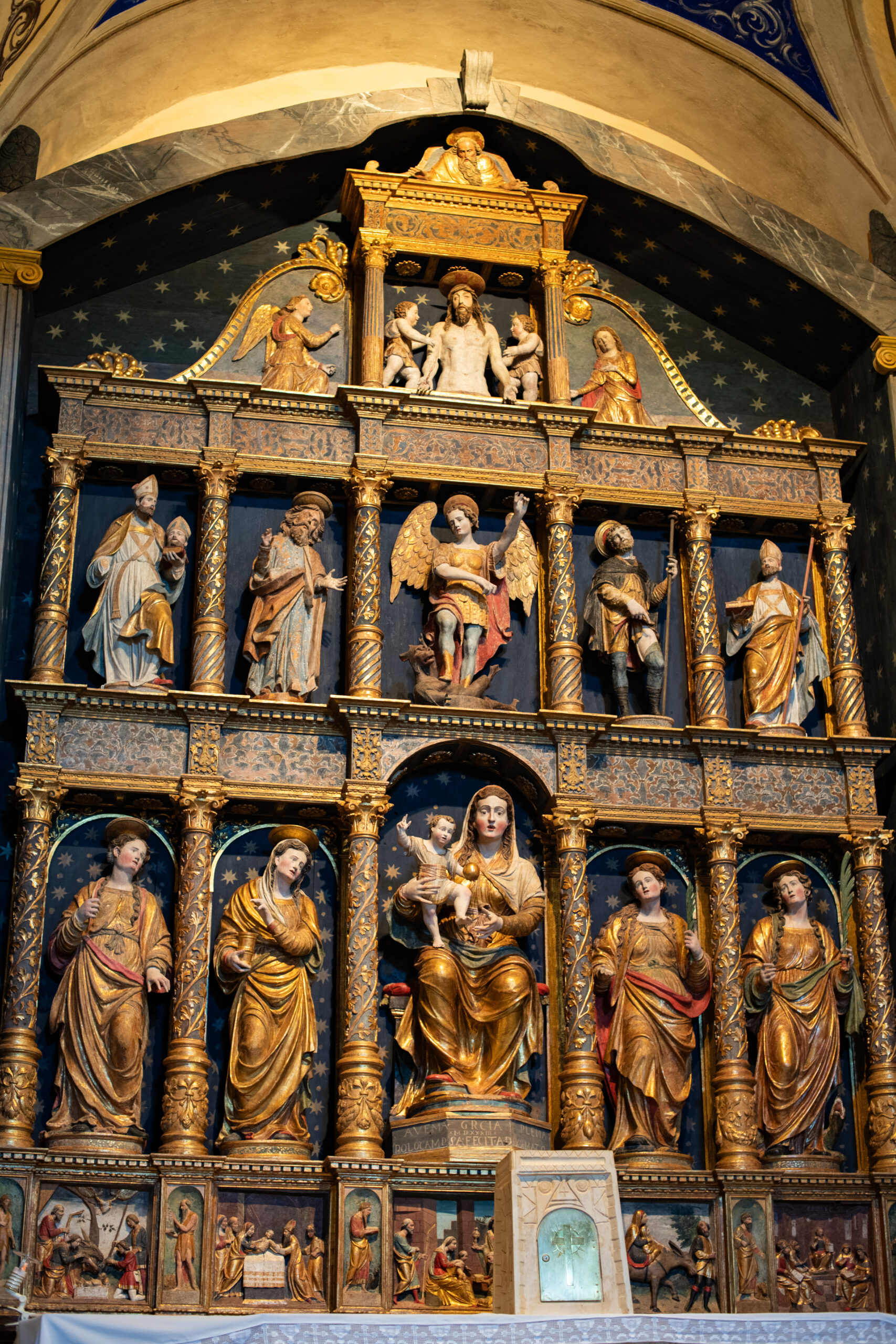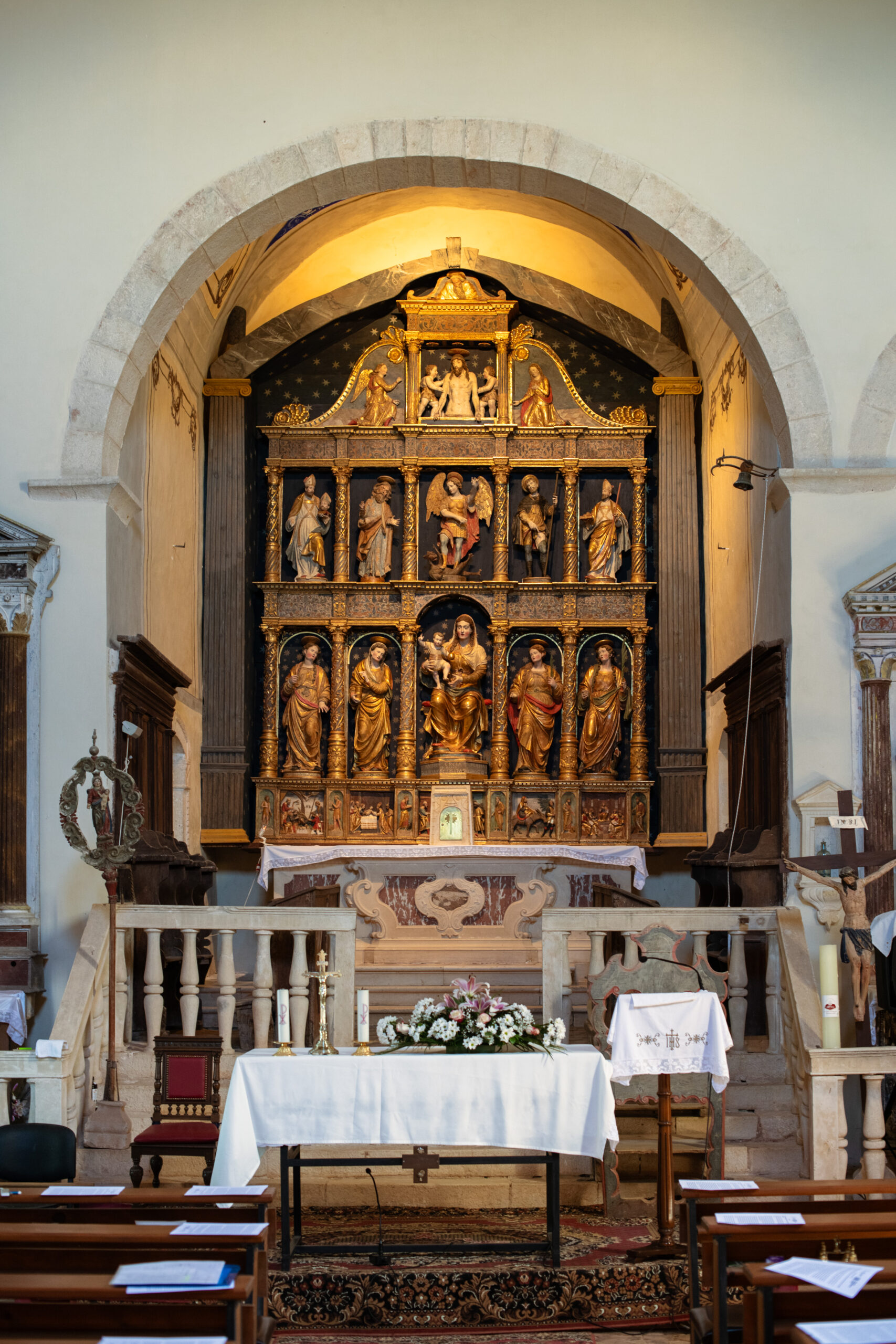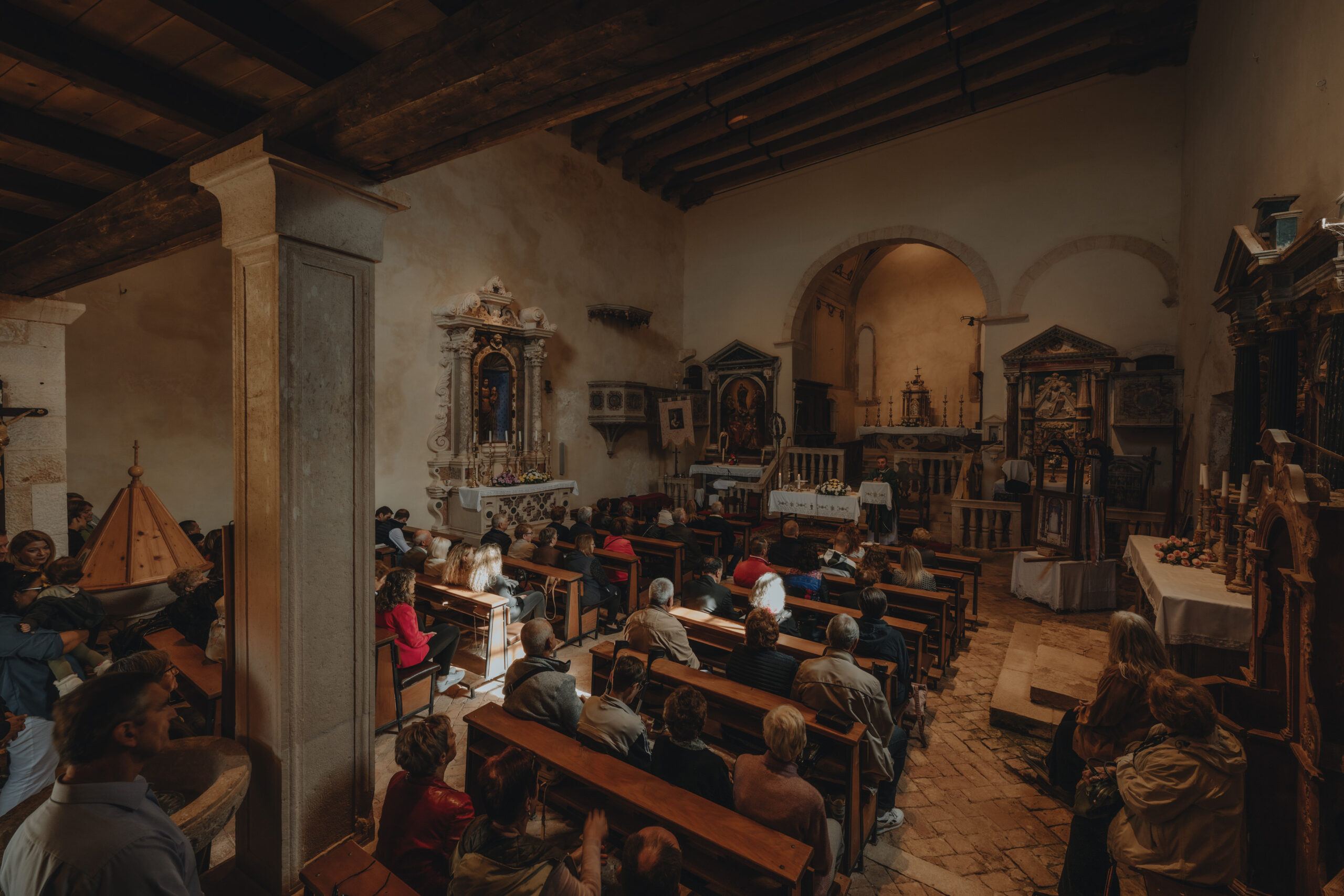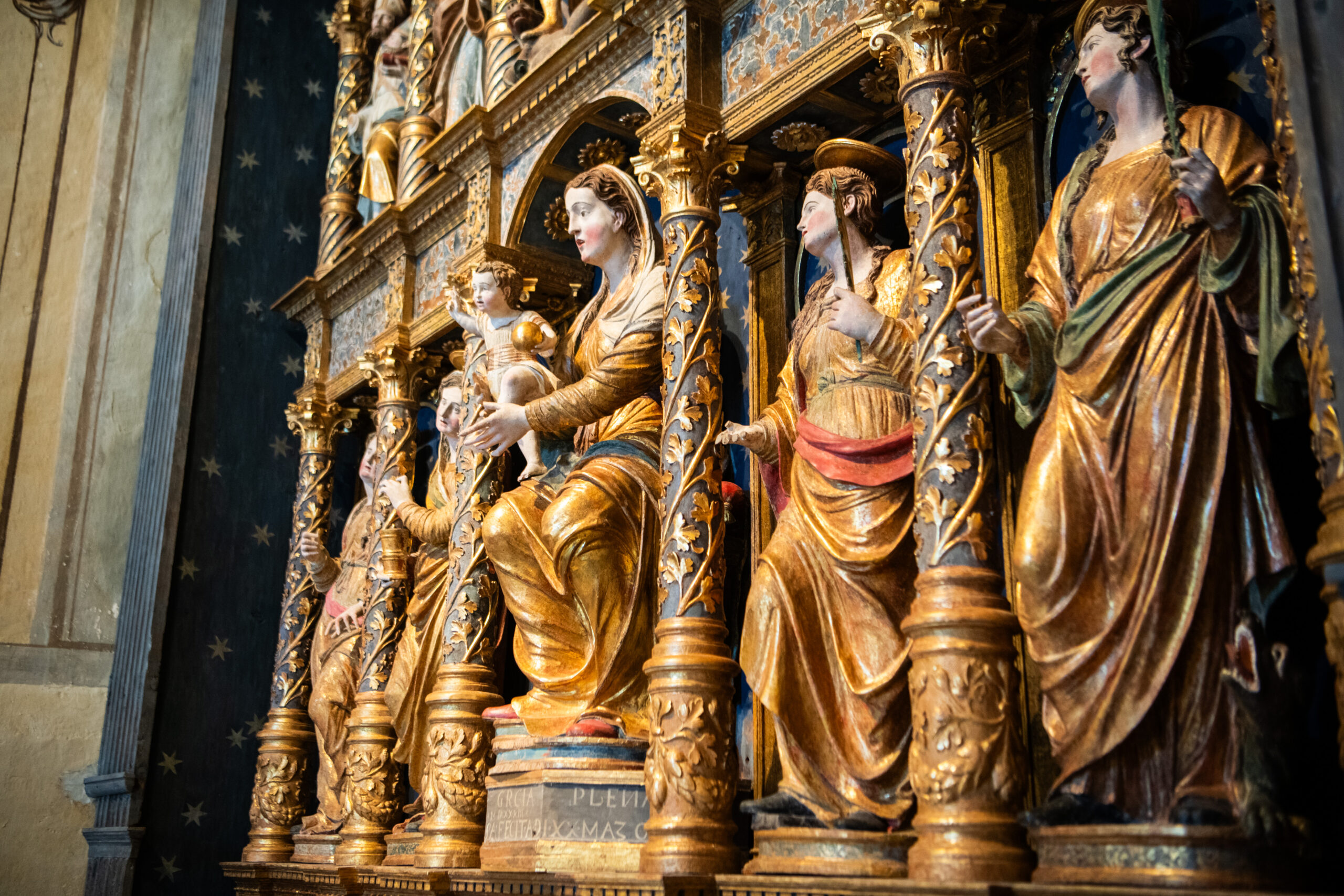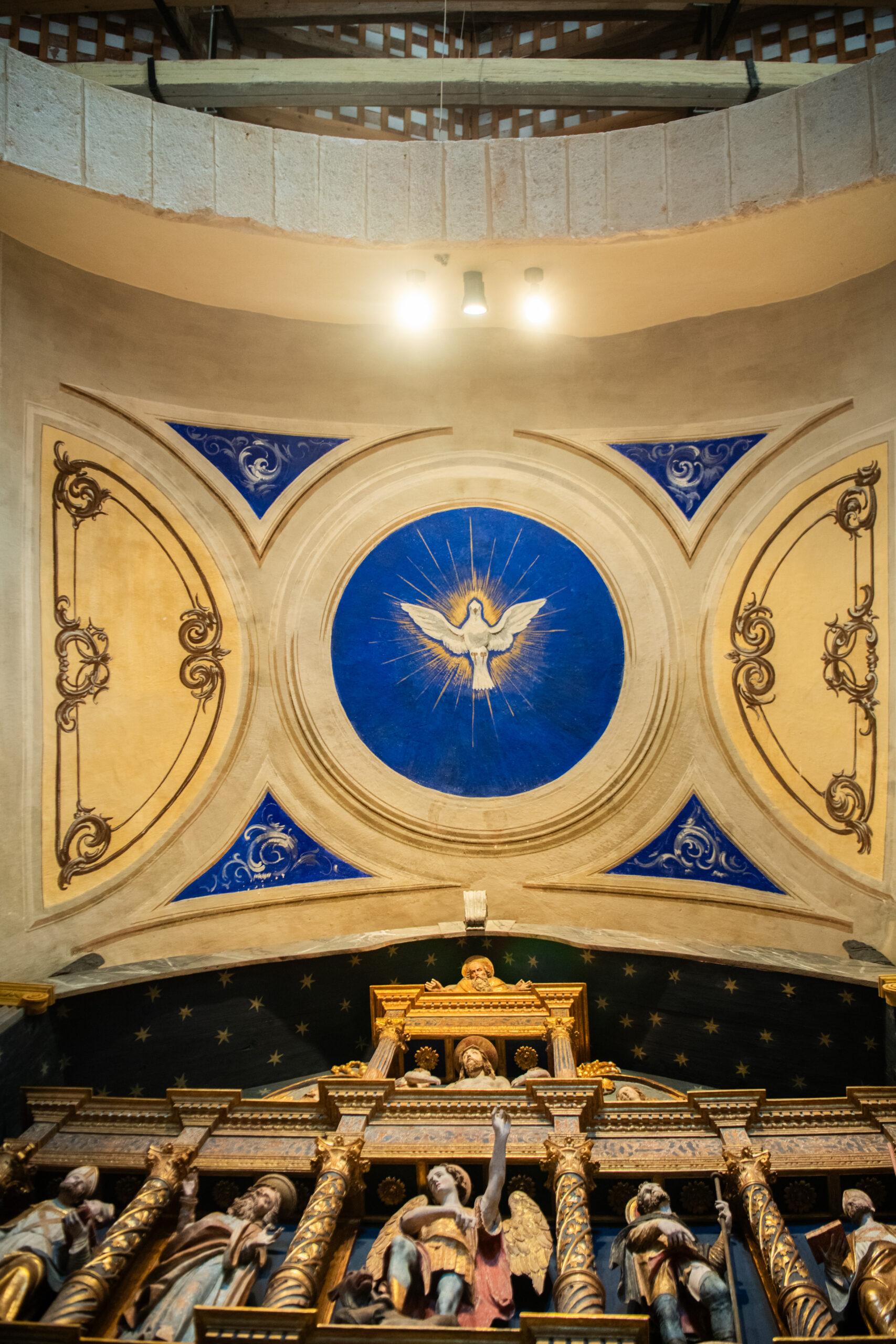MUTVORAN
On the road leading from Marčana toward Duga uvala, turn toward Mutvoran. There you will find the remains of the former Histrian gradina and a later Roman settlement. Today it is a small village whose famous past is recalled by the remains of prehistoric fortress walls and medieval fortifications, as well as by the parish church of St. Mary Magdalene with its exceptionally valuable artistic furnishings.
Main Altar of the Parish Church of St. Mary Magdalene in Mutvoran
The impressive two-tiered main altar of the parish church of St. Mary Magdalene in Mutvoran is one of the most significant examples of Renaissance sacred art in Istria. It was completed in 1533 and is attributed to Paolo Campsa de Boboti, one of the most renowned Venetian woodcarvers of the High Renaissance.
The altar was commissioned by the then Bishop of Pula, Altobello Averoldi, who was also responsible for the renovation of the church during the 1520s. His vision and dedication led to the creation of this exceptional work, which still today stands as a testament to the heights of artistic achievement of that period.
Crafted in the spirit of the Italian High Renaissance, the altar was made with extraordinary skill and attention to detail. Richly carved, gilded, and painted, its aesthetic is characterized by the so-called “matronly proportions” of the figures, the gentle contrapposto, and the delicate, flowing draperies that gracefully follow the movement of the saintly figures.
HATS OFF – The Story of (Not) Covering One’s Head, exhibition catalogue, Ethnographic Museum Zagreb, 2019. Authors: Aida Brenko, Mareta Kurtin, Vesna Zorić
WEDDING HEADDRESS, p. 92
“An important function of the Mutvoran wedding wreath is magical. In the wedding wreath from Mutvoran the greatest concentration of symbolic, magical messages and meanings resides. It represents the first step by which the girl enters a new social class, into the circle of married women.”“The abundance of colorfulness in the wedding wreath—with ornaments predominantly in red, with little mirrors, glass beads, danglers, feathers…—primarily serves to protect the bride and repel evil influences, so as to secure and fulfill the wish for offspring.”“More frequent are simpler wedding headdresses, composed of a modest floral wreath or decorative interwoven ribbons, monochromatic or multicolored. Confirmation of the antiquity of such wreaths may be found on the statue of the Virgin Mary in the Mutvoran church. That wreath dates to the end of the 18th century, and was removed and lent to brides until the First World War. Numerous ribbons testify to its age: brides over the long period in which it was used added ribbons or some personal sign, thereby seeking protection and blessing.”
Maidens in Croatian Wedding Traditions, exhibition catalogue, Ethnographic Museum Zagreb, Institute of Ethnology and Folklore Research, Zagreb, 1996.
Jelka Radauš‑Ribarić determined that the Mutvoran wreath adorned the statue of the Virgin Mary in the Church of St. Mary Magdalene in Mutvoran; it was removed and lent to brides until the First World War, and likely between the two world wars as well. After the Second World War, the wedding wreath has been kept in the sacristy. Its age is attested by numerous decorative ribbons of different origin and periods of manufacture, obviously added over a long span of time in line with patterns of changing fashion. This wreath deserves special research, which might confirm its great age. There are other testimonies about a wreath—the symbol of virginity—that is given to the Blessed Virgin Mary, decorating her statue, and is occasionally removed and lent to brides. However, the cost of the ribbons required for the bridal wreath often exceeded the means of most peasant families, and it has been recorded that in some cases even the entire village would give the future bride a ribbon or two for her wreath.
“Wearing such a wreath the bride ensured a special protection: consecration and blessing so strongly desired at the moment of marriage, and protection against the evil eye, and welfare in marriage. In return, brides would add a ribbon to the wreath and leave signs on them about themselves (name, magical knot, or protective sign made in thread). Thus the imposing Mutvoran wedding wreath arose, made of artificial flowers with a multitude of ribbons reaching to the knees and almost entirely obscuring the bride’s face.”
A postcard from a wedding in Krnica showing the bride wearing the Mutvoran wedding wreath.
Source: Wedding in Krnica
Postcard
Vienna, first half of the 20th century
EMI‑MEI, E 6352

